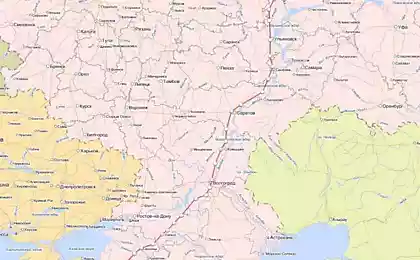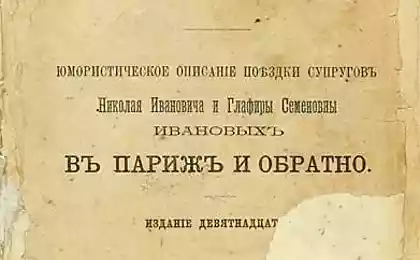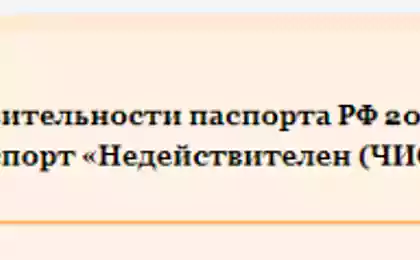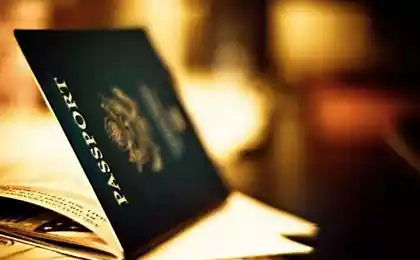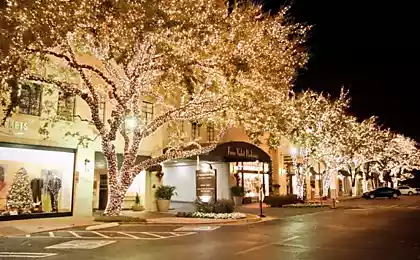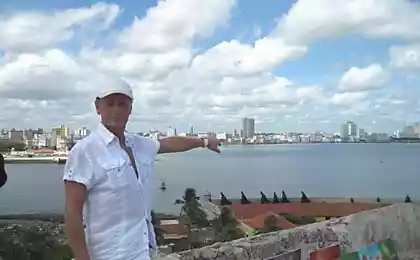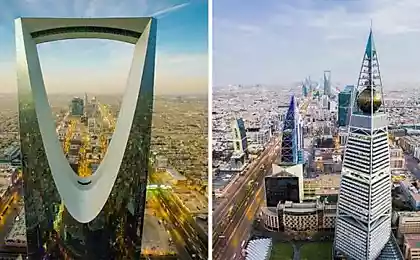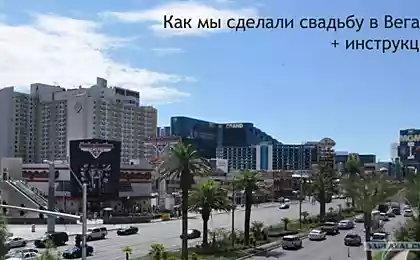1884
Facts about the Soviet passport
December 27th, 1932 Chairman of the CEC of the USSR Mikhail Kalinin, chairman of People's Commissars of the USSR, VM Molotov and the Secretary of the CEC of the USSR AS Yenukidze signed a decree № 57/1917 «On the establishment of a single passport system of the USSR and the mandatory registration of passports" . According to this document, all Soviet citizens aged 16 or over, except for the rural population, had to have a passport. Also this day is considered the foundation of the Soviet passport and visa service. We decided to recall the ten interesting facts about the Soviet passport.
ONE EXAMPLE
Passports were made on a single sample for the whole of the USSR. Information text inside the passports printed in two languages - Russian and the language of the Union or autonomous republic. Personal data of the passport holder were made by hand and also in two languages - Russian and the language of the country, which issued the document.
HOW TO BOOK
Personal data fit into the turn vertically, rather than horizontally, as it is now.

The indefinite
Soviet passports late samples were perpetual: they have not changed at a certain age. Citizens aged 25 and 45 years, rely pasted into the document a new photo.
STAPLES
The Soviet passport at the turn pretty quickly rust prints appeared as a paper clip in the USSR were made of ordinary steel. This seemingly unimportant fact helped uncover more than one spy. Even under ideal line pages and unmarked fake betrayed no rust: foreign staples made of stainless steel.
More informative
Soviet passport was more informative than the Russian: at different times in the passport of the USSR make different notes. Make information about blood group (indicated currently optional), makes a note of criminal record, previous citizenship and social status, information about the places of work and their time spent on the data on the absence or presence of the right to be present in the vicinity of operating cities. It was noted even the right to carry a radio station.
AFTER USSR
The debate on the status of perpetual Soviet passport does not end until now, although in January 2004, Russia officially discontinued the use of the old Soviet passports. He continued walking for a long time, since the form of the modern Russian passports was adopted only in 1997, and the widespread replacement of Soviet passports for Russian took place in 2002. In 1992, it was introduced temporary documents, which were put in the passport of the Soviet Union up until this time.
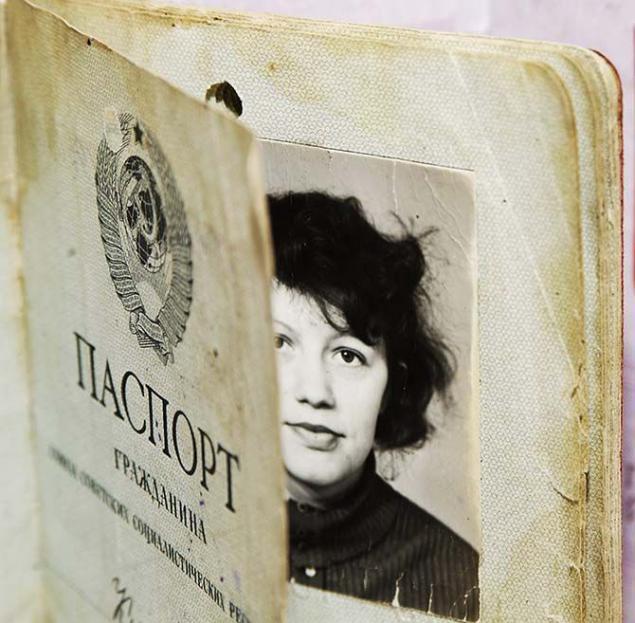
IDENTITY
Oddly enough, but the passport was not only in the Soviet Union the main identification document: the same function carried a party card, for owners whose loss it was much more important than the loss of a passport
.
Transliteration
In the USSR, a transliteration of name from the Cyrillic to the Latin alphabet in the passport was made in accordance with the rules of the French language. Now, however, apply only to the rules of the English language.
Red Covers
Soviet passport acquired cover the red in 1972. For trips abroad existed foreign passport (brown), service passports (blue), a diplomatic passport (green) and the seaman's book. On his return to the USSR passport data had to be handed over to extradite them to the institution.
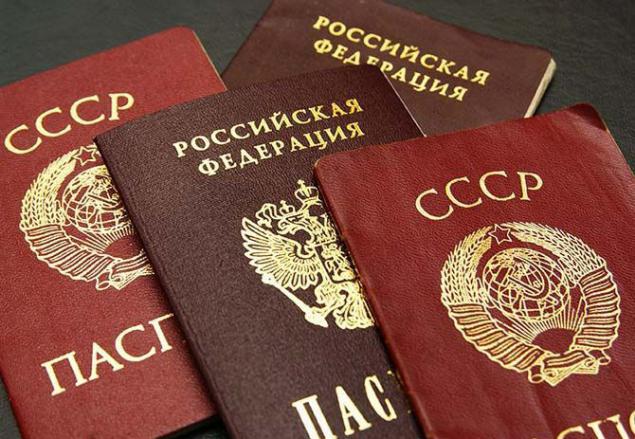
ALL PASSPORTS
The 70s also saw the full equation and passport rights of all inhabitants of the country: gone passports whose alphanumeric codes means that a person sitting in the camps was in captivity or in the occupation. In addition, passports and began to give rural residents: up to that time they were not allowed to go more than 30 days.
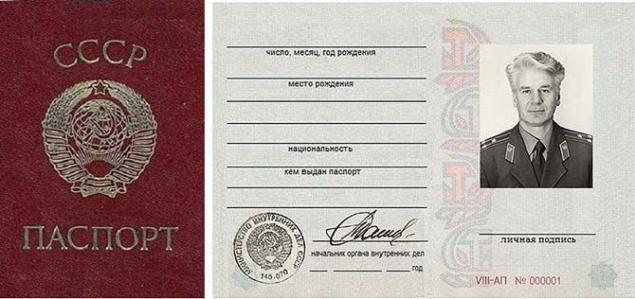
Source: smartnews.ru
ONE EXAMPLE
Passports were made on a single sample for the whole of the USSR. Information text inside the passports printed in two languages - Russian and the language of the Union or autonomous republic. Personal data of the passport holder were made by hand and also in two languages - Russian and the language of the country, which issued the document.
HOW TO BOOK
Personal data fit into the turn vertically, rather than horizontally, as it is now.

The indefinite
Soviet passports late samples were perpetual: they have not changed at a certain age. Citizens aged 25 and 45 years, rely pasted into the document a new photo.
STAPLES
The Soviet passport at the turn pretty quickly rust prints appeared as a paper clip in the USSR were made of ordinary steel. This seemingly unimportant fact helped uncover more than one spy. Even under ideal line pages and unmarked fake betrayed no rust: foreign staples made of stainless steel.
More informative
Soviet passport was more informative than the Russian: at different times in the passport of the USSR make different notes. Make information about blood group (indicated currently optional), makes a note of criminal record, previous citizenship and social status, information about the places of work and their time spent on the data on the absence or presence of the right to be present in the vicinity of operating cities. It was noted even the right to carry a radio station.
AFTER USSR
The debate on the status of perpetual Soviet passport does not end until now, although in January 2004, Russia officially discontinued the use of the old Soviet passports. He continued walking for a long time, since the form of the modern Russian passports was adopted only in 1997, and the widespread replacement of Soviet passports for Russian took place in 2002. In 1992, it was introduced temporary documents, which were put in the passport of the Soviet Union up until this time.

IDENTITY
Oddly enough, but the passport was not only in the Soviet Union the main identification document: the same function carried a party card, for owners whose loss it was much more important than the loss of a passport
.
Transliteration
In the USSR, a transliteration of name from the Cyrillic to the Latin alphabet in the passport was made in accordance with the rules of the French language. Now, however, apply only to the rules of the English language.
Red Covers
Soviet passport acquired cover the red in 1972. For trips abroad existed foreign passport (brown), service passports (blue), a diplomatic passport (green) and the seaman's book. On his return to the USSR passport data had to be handed over to extradite them to the institution.

ALL PASSPORTS
The 70s also saw the full equation and passport rights of all inhabitants of the country: gone passports whose alphanumeric codes means that a person sitting in the camps was in captivity or in the occupation. In addition, passports and began to give rural residents: up to that time they were not allowed to go more than 30 days.

Source: smartnews.ru


